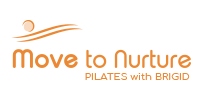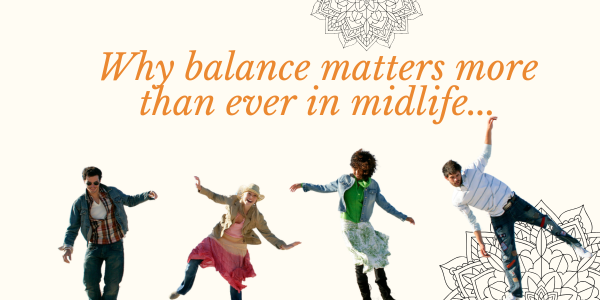
by Bridgid Pearse | Jun 26, 2025 | Active Aging
(And What You Can Do to Strengthen It Today) There’s a moment many of us remember — the first time we tripped over “nothing.” No edge, no obstacle, just a wobble where there used to be certainty. At first, we laugh it off. But deep down, something stirs:“Is my...
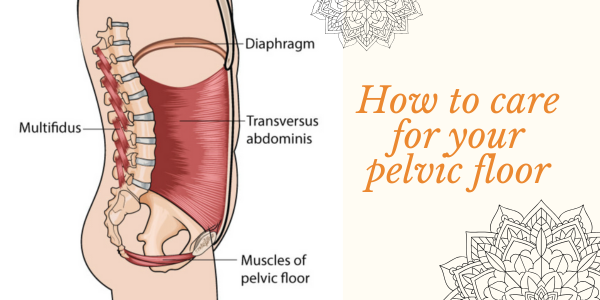
by Bridgid Pearse | Jun 2, 2025 | Active Aging, Pelvic floor health
How to Care for Your Pelvic Floor At Move to Nurture Pilates, I work with women navigating the journey through motherhood, menopause and beyond—and one area that often gets overlooked, until it becomes an issue, is the pelvic floor. Whether you’re experiencing...
by Bridgid Pearse | Feb 7, 2025 | Active Aging, Mindset
The Key to Consistent Routines The beginning of a new year often brings a renewed focus on health and well-being. Many of us set intentions or resolutions, fueled by optimism about what we want to achieve. But as the weeks roll on, it can be challenging to stay on...
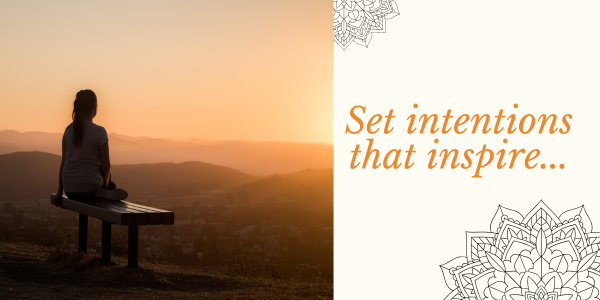
by Bridgid Pearse | Dec 30, 2024 | Mindset
As the New Year dawns, it’s natural to feel a pull toward change. For many of us, this season is synonymous with setting goals and resolutions. But have you ever noticed how quickly those resolutions can fade? This year, I invite you to try something different:...
by Bridgid Pearse | Nov 15, 2024 | Active Aging, Mindset
The world often tells us that mid-life is synonymous with decline. Terms like “mid-life crisis” and “over the hill” cast a shadow over what is, in truth, a period brimming with potential. For many women, however, the physical signs of aging...
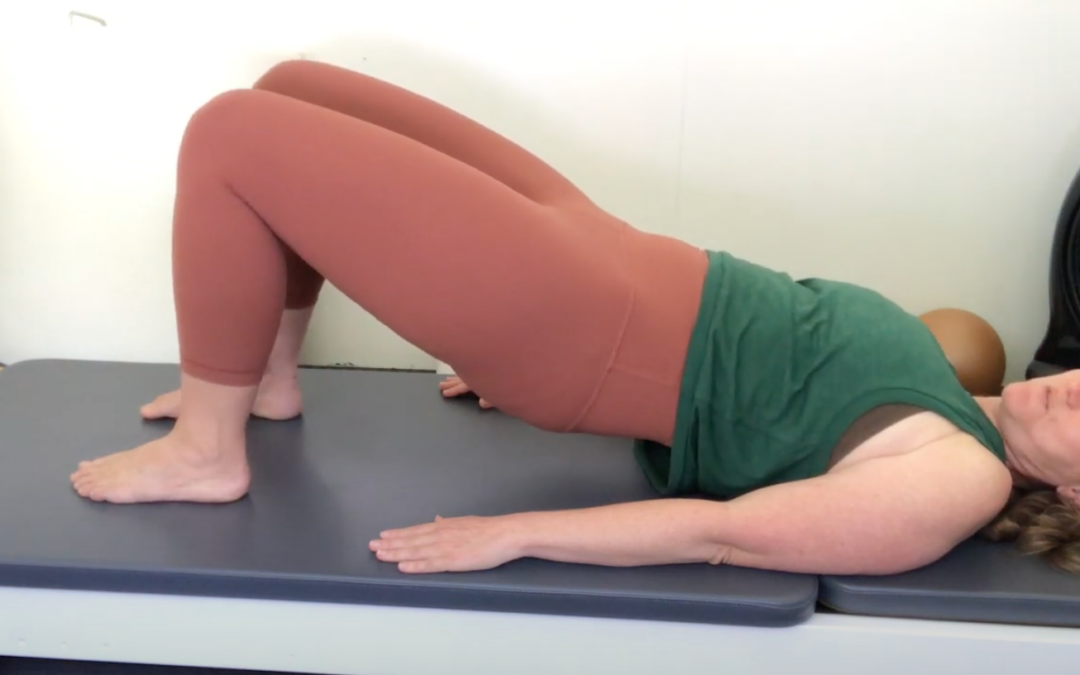
by Bridgid Pearse | Oct 14, 2024 | Active Aging, Pelvic floor health
As women move into their 40s and beyond, it’s common to notice changes in the body that can feel discouraging. One such change that many women experience is a flattening of the buttocks, often referred to as a “pancake bottom.” If you’ve found yourself frustrated by...
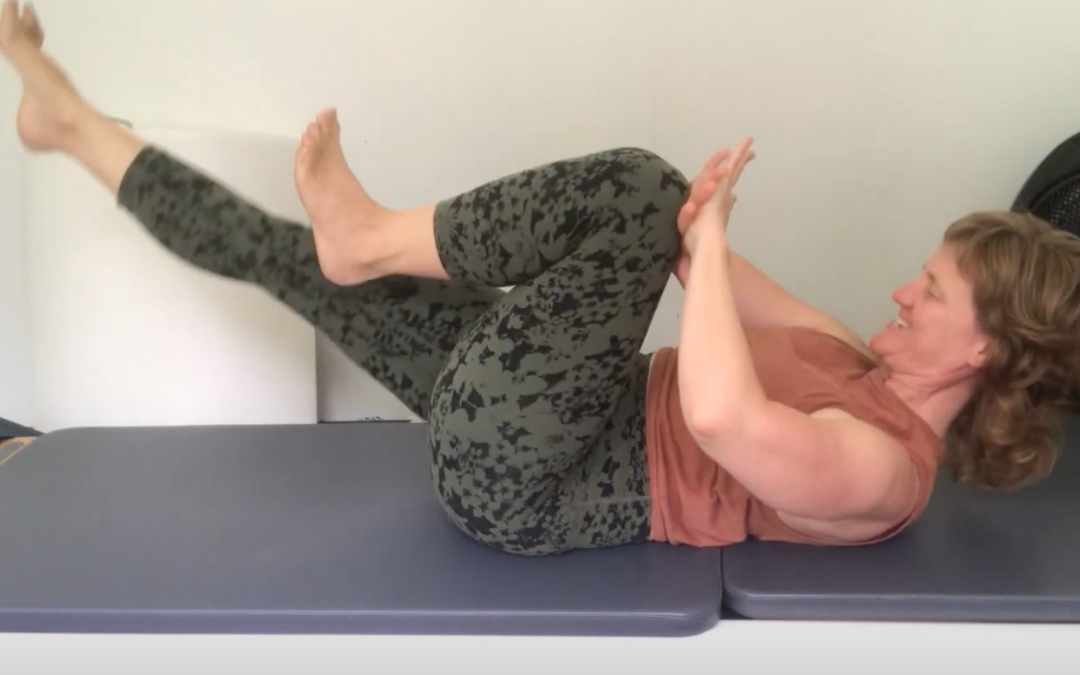
by Bridgid Pearse | Sep 20, 2024 | Active Aging, Pelvic floor health
As we age, staying connected to our bodies can feel increasingly challenging. For women over 40, this can be especially true when it comes to core strength. You may feel like you’ve tried everything to tone your midsection and improve your stability, yet the results...
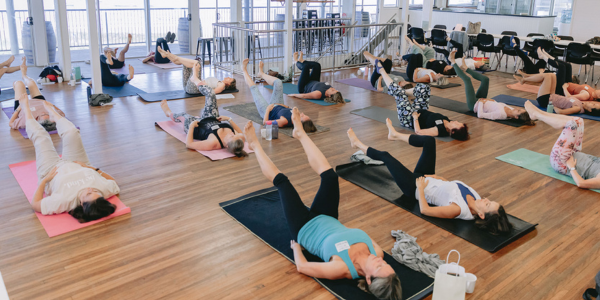
by Bridgid Pearse | Jul 29, 2024 | Mindset, Uncategorized
“How often should I do Pilates to see real results?” It’s one of the most common questions I get. It’s a great question, and I’m here to help answer it! My mission is to help mid-life folks, especially women aged 40-70, reconnect with...
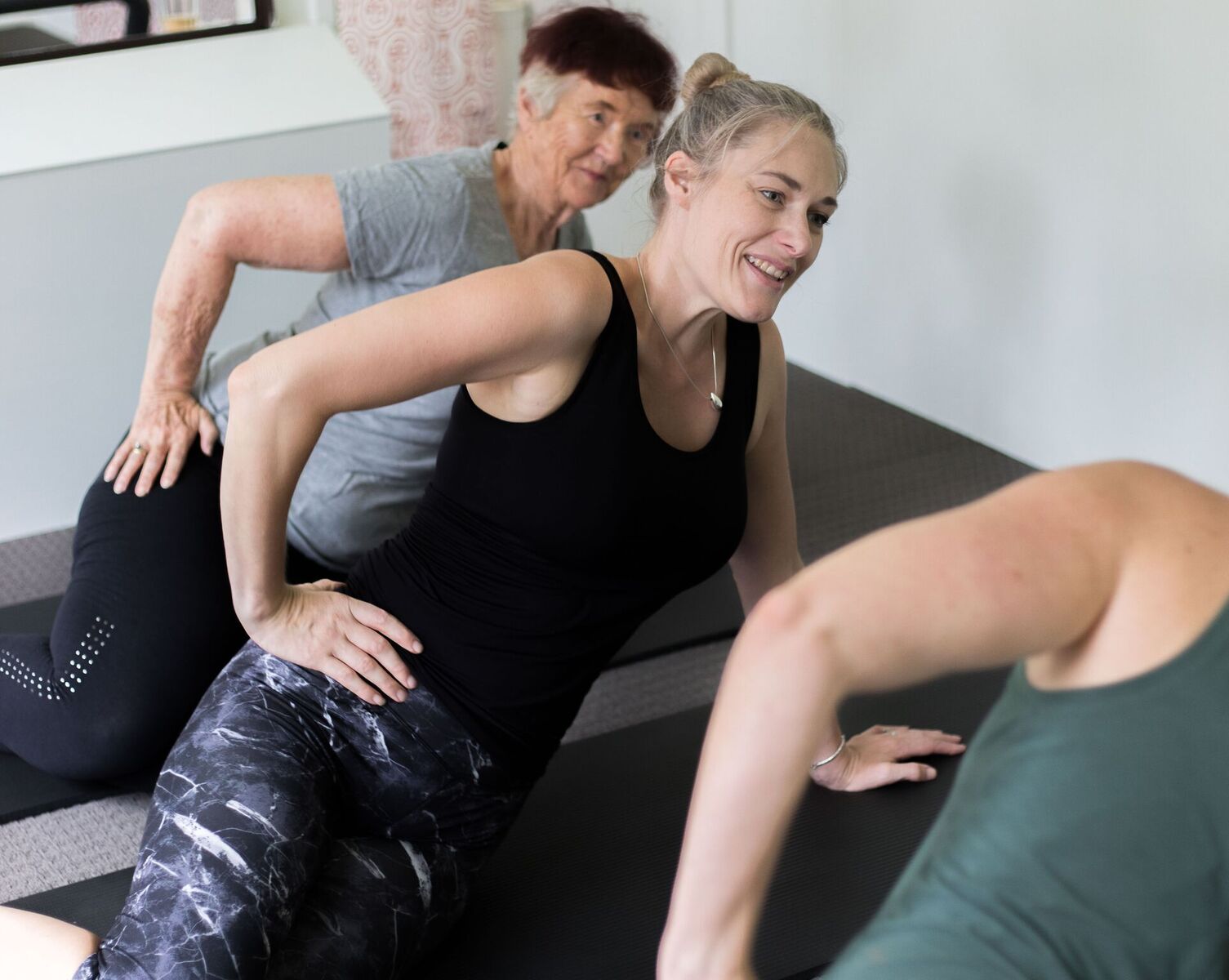
by Bridgid Pearse | Jul 4, 2024 | Mindset
Embrace Your Unique Journey: The Dangers of Comparing Yourself in an Exercise Class Your Pilates journey is unique. Today, we’re diving into a topic that many of us grapple with: the dangers of comparing yourself in an exercise class. It’s natural to look...
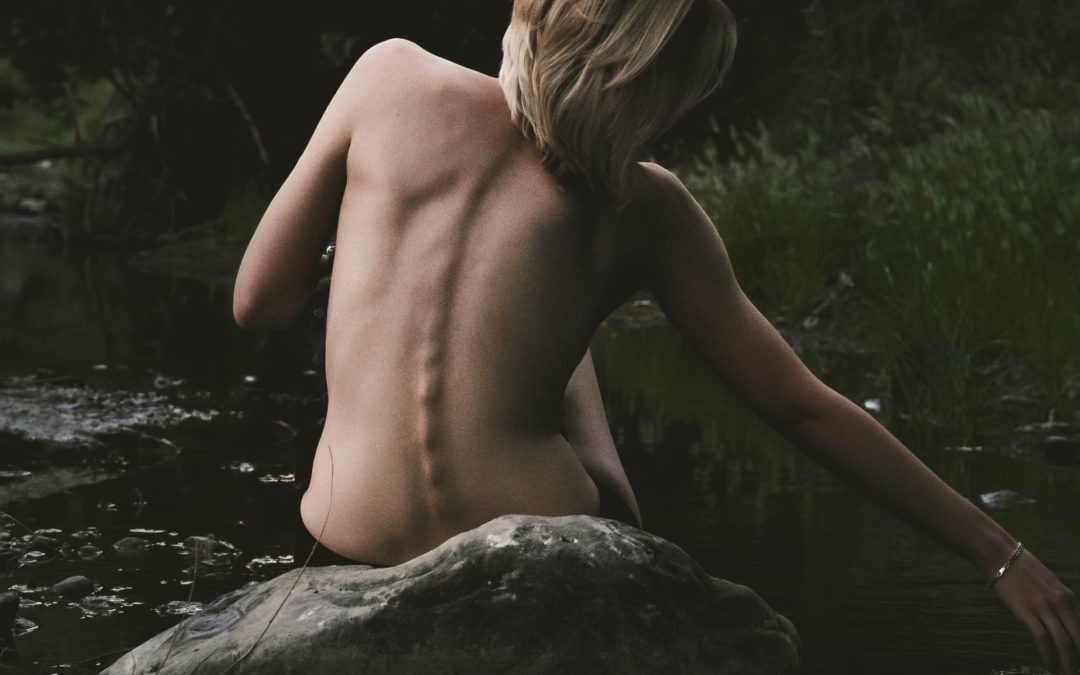
by Bridgid Pearse | Jun 24, 2024 | Active Aging
Pilates and Movement for Lung Health: A Breath of Fresh Air for Women Over 40 One area often overlooked is lung health. For women over 40, maintaining strong and healthy lungs is crucial to overall well-being, and Pilates offers a wonderful way to support this....









